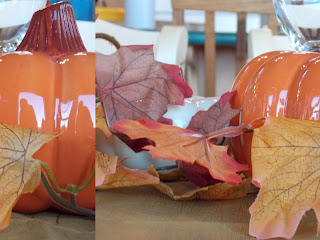 |
|
I found that this wiggle gram was appealing by the simplicity of the movement and the easy shape of the image. This image was found on Giphy by the artist Cheezburger.
|
datamoshing: is the practice of intentionally using compression artifacts in digital video and animated GIFs that is sometimes to referred to as “glitch art.” Source
It is intentionally manipulating the image to distort the gif.
 |
| Source |
Cinemagraph: Cinemagraphs are still photographs in which a minor and repeated movement occurs. Cinemagraphs, which are published in either animated GIF format or as video, can give the illusion that the viewer is watching a video. (Source) Cinemagraphs are usually taken to give the impression of real life. Cinemagraphs are usually landscaped images. Visually real and appealing
 |
| Source |
stereoscopic photos: is a technique used to enable a three-dimensional effect, adding an illusion of depth to a flat image. Stereopsis, commonly (if imprecisely) known as depth perception, is the visual perception of differential distances among objects in one’s line of sight. (Source)
 |
| source |
autostereogram: A stereogram is a picture within a picture. Hidden inside each image is an object which appears in 3D when viewed correctly. (source)
 |
| (source) |
stereogram: a diagram or picture representing objects in a way to give the impression of solidity. (Source)
I chose this image from 3Dimka called environmental Stereogram due to its bright colours and simplicity of shapes.
 |
| (Source) |








